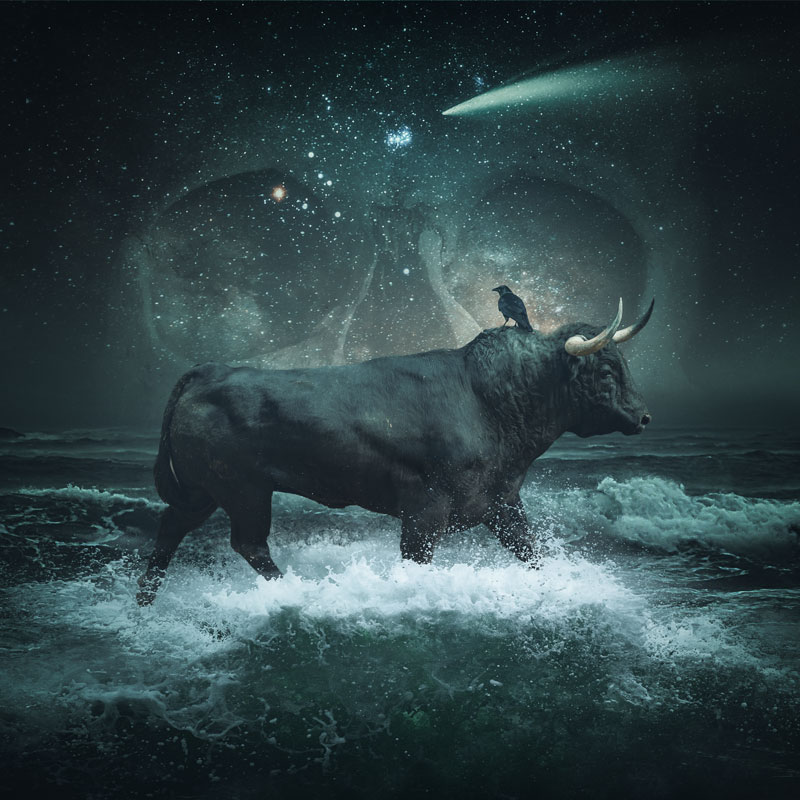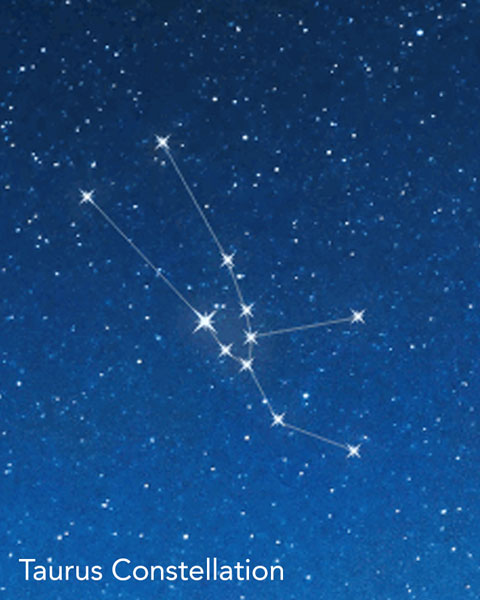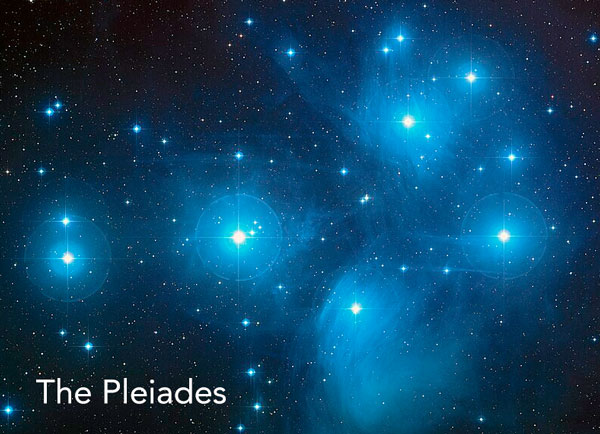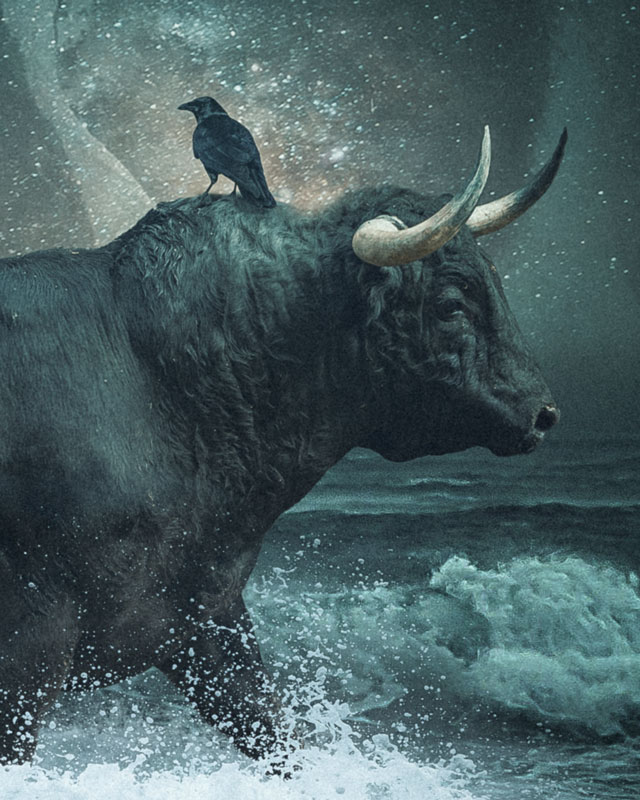27 Oct The Festivals of the Dead
A Canadian researcher named Robert G. Haliburton discovered that various ancient cultures around the world celebrated a similar festival around the end of October and early November. Of particular interest is the fact that these cultures—both above and below the equator—had no means of communicating with one another at the time. Additionally, they did not share a common calendar, raising intriguing questions about what event could have affected so many cultures simultaneously.
It has been suggested that a catastrophic astronomical event impacted the Earth in the distant past, leaving a lasting impression on those cultures. Further research revealed that these celebrations were linked to the rising of the Pleiades star cluster in the constellation of Taurus. Haliburton noted a connection between the Pleiades and the memory of a great deluge as observed by ancient cultures such as the Mexicans, Egyptians, and Jews.

Notably, the end of October coincides with a stream of meteors from the comet ‘Encke’. This meteor stream passes across the shoulder of Taurus and the Pleiades cluster at the same time each year, as it did in ancient times. Earth passes through this meteor stream twice a year. The most recent event from the comet was the Tunguska event in 1908 that flattened 2000 square kilometres of forest in Siberia.
It is theorized that this comet, which was much larger in the past, may have broken apart and deposited substantial material on Earth. These events could have led to the loss of many lives and subsequently inspired these ancient global festivals. Known as “The Festivals of the Dead”, these celebrations are now recognized in modern times as Halloween.




